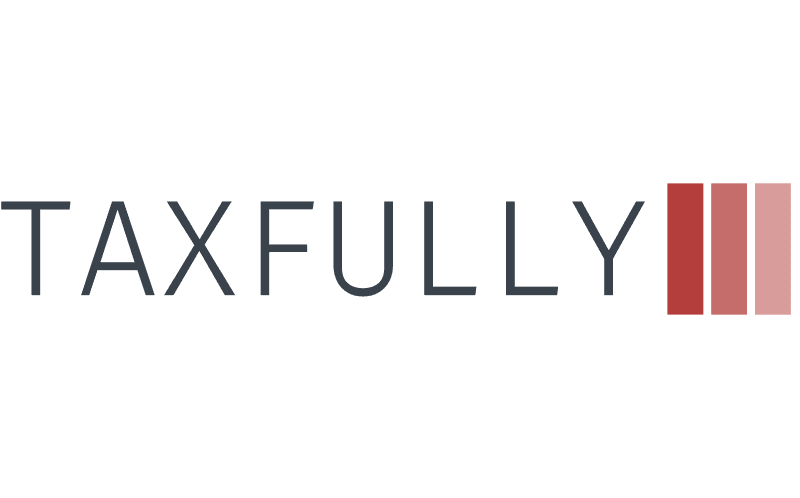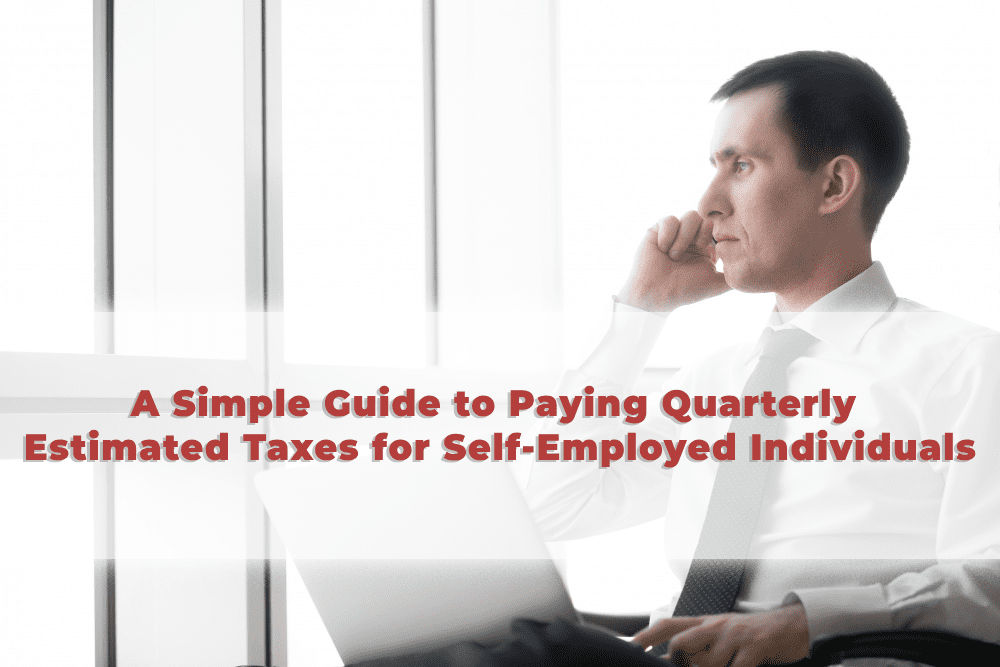Being self-employed brings a lot of freedom and flexibility, but it also comes with a few extra responsibilities, like paying quarterly estimated taxes. If you’re new to self-employment or want to improve your understanding of quarterly tax payments, this guide will walk you through everything you need to know in easy-to-follow steps.
1. What Are Quarterly Estimated Taxes?
Quarterly estimated taxes are taxes paid four times throughout the year on income not subject to automatic tax withholding. For self-employed individuals, freelancers, and small business owners, the IRS requires that you make these payments since you don’t have an employer withholding taxes from your paycheck.
2. Who Needs to Pay Quarterly Estimated Taxes?
If you’re self-employed, freelance, or own a small business and expect to owe at least $1,000 in taxes when you file your annual return, you’re required to pay quarterly estimated taxes. Additionally, people who earn significant income from investments, rental properties, or other non-salaried sources often need to make these payments as well.
Key signs that you might need to pay quarterly estimated taxes:
- You’re a sole proprietor, freelancer, or independent contractor.
- You have income from dividends, interest, capital gains, or rental properties.
- You had a large windfall that wasn’t taxed upfront.
If any of these apply to you, it’s wise to plan for quarterly estimated taxes.
3. How to Calculate Your Quarterly Estimated Taxes:
The IRS uses a formula called the “safe harbor rule” to help you estimate your taxes accurately. Here’s a simplified version:
- Step 1: Determine your estimated annual income.
- Step 2: Multiply your estimated income by your estimated tax rate. (For most self-employed people, this is around 15-30% depending on income and deductions.)
- Step 3: Divide this amount by four to figure out your quarterly estimated tax payments.
Using an online tax calculator or consulting a tax professional can also simplify the calculation process.
4. When Are Quarterly Estimated Taxes Due?
The IRS divides the year into four quarters, and estimated tax payments are due at the end of each quarter:
- 1st Quarter: April 15
- 2nd Quarter: June 15
- 3rd Quarter: September 15
- 4th Quarter: January 15 of the following year
Each payment covers the income earned during that quarter. Mark these dates on your calendar or set reminders, so you don’t miss any deadlines.
5. How to Pay Your Quarterly Estimated Taxes
You have several options for paying quarterly estimated taxes:
- IRS Direct Pay – Make your payments directly from your checking or savings account. This is a quick, secure, and free option.
- Electronic Federal Tax Payment System (EFTPS) – This is an electronic payment system that allows you to schedule tax payments in advance.
- Credit or Debit Card – The IRS allows you to pay by card, though a small processing fee applies.
You can also mail a check or money order with the appropriate payment voucher from Form 1040-ES, but keep in mind that electronic payments are often faster and easier to track.
You may also like to read:
Quarterly Estimated Taxes: Why They Matter and How to Stay Compliant
For many business owners, freelancers, and self-employed individuals, managing taxes can feel like a daunting task…
Read More

6. Penalties for Missing Quarterly Estimated Tax Payments
Missing a quarterly estimated tax payment or underpaying can result in penalties. The IRS charges interest on late or missed payments, which increases your tax burden over time. Here’s how you can avoid these penalties:
- Set Up Automatic Reminders: Use a calendar or tax app to remind you when payments are due.
- Pay More Than Required: If your income fluctuates, consider paying slightly more each quarter to ensure you don’t underpay.
If you’re unsure whether you’ve paid enough, you can double-check using the IRS’s underpayment calculator.
7. How Quarterly Estimated Taxes Fit into Your Annual Tax Return
When you file your taxes at the end of the year, you’ll report the quarterly estimated taxes you paid. If you overpaid throughout the year, you might qualify for a tax refund. If you underpaid, you’ll need to pay the remaining balance.
8. Frequently Asked Questions About Quarterly Estimated Taxes
Q: What happens if I earn more than expected during the year?
A: If your income significantly increases, you may want to adjust your estimated tax payments for the remaining quarters. The IRS allows you to make these adjustments on Form 1040-ES.
Q: Are quarterly estimated taxes different for state taxes?
A: Yes, state estimated tax rules can vary. Be sure to check your state’s tax website for information on state-specific estimated tax requirements.
Q: Can I pay quarterly estimated taxes all at once?
A: Technically, yes, but it’s risky if your income changes throughout the year. Paying quarterly gives you the flexibility to adjust as needed.
9. Tips for Managing Quarterly Estimated Taxes as a Self-Employed Person
Keep Records of Your Payments: Maintain a record of each payment made throughout the year. This helps when filing your return and ensures accuracy.
Set Aside Income Each Month: A good practice is to set aside 15-30% of your income every month for taxes.
Use a Tax Professional or Accounting Software: Both can help you stay organized and make the payment process easier.
By staying proactive with quarterly estimated taxes, you’ll avoid penalties and simplify your year-end filing.



